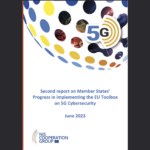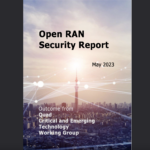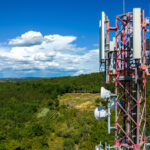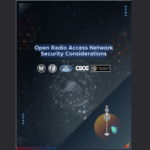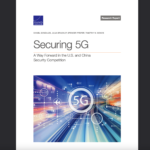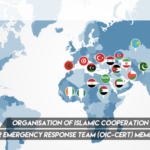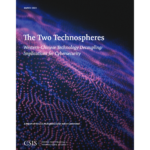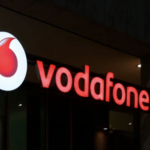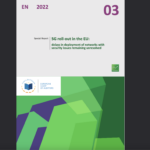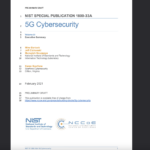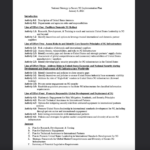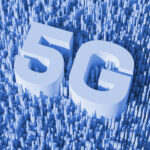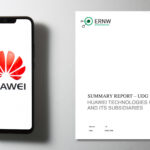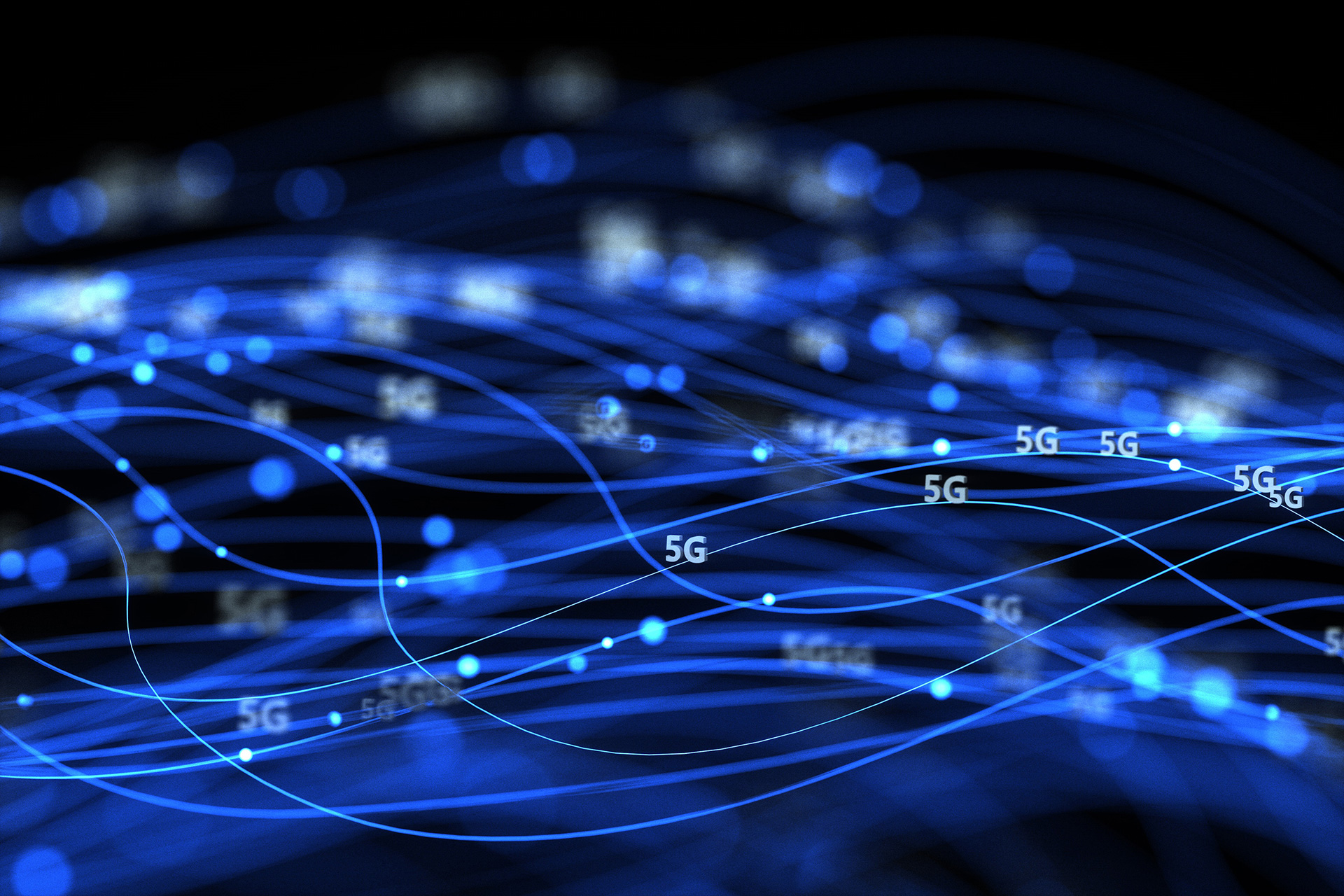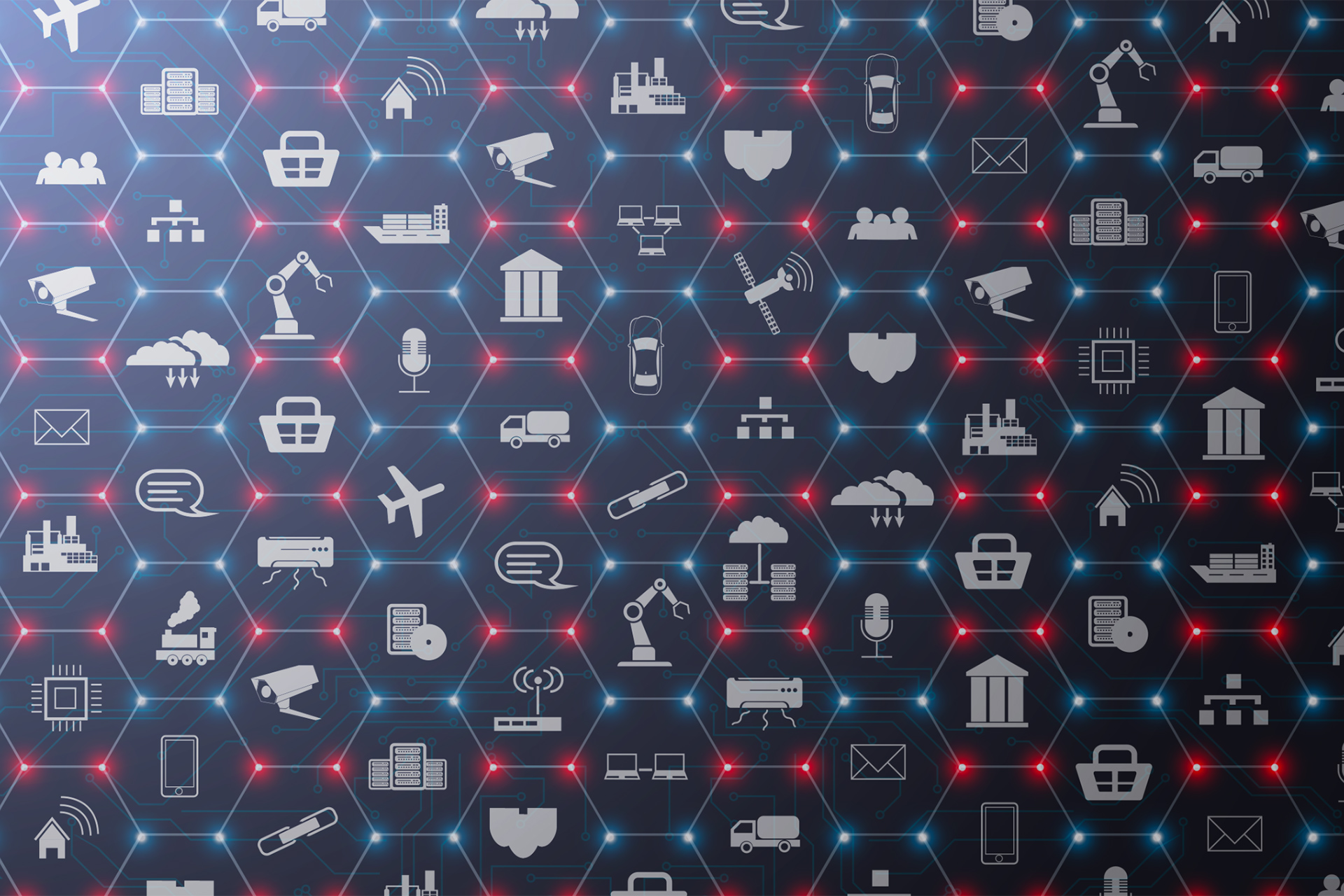What COVID-19 Taught Us About the Need for 5G

There are many adjectives that could be used to describe the global outbreak of COVID-19, but perhaps the simplest might be: fast.
The disease has spread quicker than most people can mentally digest. By nature, humans process linearly. This pandemic has been a lesson in exponential thinking for the common man. Those who don’t spend their time contemplating Moore’s Law or compound interest have felt overwhelmed by infection or mortality rates that double daily.
In response, governments, businesses, monetary institutions, education systems and the many other players in corporate and civil life have acted at high speed. It is easy to argue that, in numerous cases, reactions should have been faster, but as a whole, shifts in policy and social management have been rapid.
A pace of change of this magnitude and on this scale is unprecedented. Seemingly overnight, entire societies have been atomized, people cloistered in separate homes with external face-to-face contact deemed illegal.
Predictions of a future in which people communicate primarily online have been rendered inaccurate by decades. In one giant leap, we have landed in a virtual reality facilitated almost exclusively by digital applications like Zoom, Houseparty, Skype, WhatsApp and Slack.
Older generations have received a crash course in teleconferencing. Millions are having their first experience of working from home. And many of those homes are shared with others in a type of ceaseless proximity that tests even the healthiest relationships.
All of this change has happened, and continues to happen, incredibly fast. That has made people feel uneasy. While everyone likes to speak of the “current situation”, there is a lot about this that will last far beyond the end of the coronavirus crisis. As Yuval Noah Harari writes in the Financial Times:
“Many short-term emergency measures will become a fixture of life. That is the nature of emergencies. They fast-forward historical processes. Decisions that in normal times could take years of deliberation are passed in a matter of hours. Immature and even dangerous technologies are pressed into service, because the risks of doing nothing are bigger.”
A few months ago, before public debate was dominated by COVID-19 concerns, “immature” and “dangerous” were words regularly used by opponents of 5G. But, what do the extreme and rapid changes to social and economic structures mean for 5G, the technological poster child for ‘fast’?
Will growing fears related to privacy, cybersecurity and curtailed civil liberties affect the public perceptions of 5G, or will this technology’s benefits be crucial to a new world in which dispersed humans rely more and more on connectivity for communication and services?
The answer, of course, is both. 5G is about to become more critical than ever, but so will requirements for its responsible implementation and management.
Taking WTH? out of WFH
Covid-19 started as a health emergency but soon evolved into a social and economic one. Many parts of the world economy have ground to a halt. Despite record sums in fiscal stimulus and monetary interventions aimed at keeping companies open and citizens employed, the damage has been sharp and extreme.
In the United States alone, more than 22 million jobs have been lost since the middle of March. However, many jobs have been saved in companies who have been able to restructure themselves around remote working.
According to the World Economic Forum (WEF), until recently working from home was a luxury for the relatively affluent.
Only around 7% of U.S. workers had the option to regularly work from home (WFH), most of them “knowledge workers” such as executives, IT managers, financial analysts and accountants. The UK Office for National Statistics estimated the WFH contingent in the United Kingdom in 2019 was approximately 5%.
Though no authoritative figures have been compiled yet, the number of people currently teleworking around the world has multiplied dramatically. Whole organizations have moved online and connect via video conferencing.
In March, Zoom was downloaded 2.13m times around the world in one day, up from 56,000 times a day two months earlier. The company’s share price has doubled since 1 January 2020.
In many countries, schools have been closed, with children continuing their education at home. Families are in lockdown together, with the result that working parents are online almost fulltime, and at the same time as their kids who are streaming, surfing or gaming.
That amount of domestic traffic, most of it in the form of high-data video, is unheard of. In a recent press release, Verizon stated that demands on bandwidth had increased 75% over the course of one week.
Home broadband typically has a lower capacity than business networks and telecoms providers are being tested as they aim to meet the surge in demand. More challenging, though, is the fact that this ‘surge’ may be more of a new normal.
Yes, the current conditions could be expected to last for a few months, which will place established networks under strain, but questions are already being asked of how COVID-19 will change the work landscape after social distancing and limitations to freedom of movement are ended.
It is very likely that WFH will become a more pervasive and accepted mode of working for those whose jobs permit this type of engagement. Network operators will need to be prepared for that. More importantly, though, they need to be ready for the next major economic disruption, pandemic or otherwise.
The most obvious possible solution to these challenges is 5G, which has the large network capacity, high speed and low latency required to keep millions of connections stable in real-time without lag or loss of quality.
Not only are we likely to see an acceleration of 5G adoption over the short to medium term, we may also see this technology being prioritized further above other infrastructural focus areas. 5G could become the most critical of critical infrastructures, and its strategic importance has already been emphasized in geopolitical conflicts like the trade war between China and the US.
Below this public zeal for 5G capability, though, numerous questions exist about unequal access to basic internet services. Even in the US, households in rural areas are 12% less likely to have broadband than their urban or suburban counterparts.
Critics say the fanfare about 5G is obscuring, possibly even exacerbating, these inequalities. Existing socio-economic divides will need to be addressed if countries hope to move their working population online.
The COVID-19 crisis may justify an even faster 5G rollout. This is not simply because more people will rely on this technology to stay connected from home, it is because COVID-19 will have profound effects on our social systems, and only 5G will be able to support this evolution.
Smartification of a post-COVID world
On the 9th of January 2020, the World Health Organization (WHO) announced an outbreak of a flu-like disease in Wuhan, China. For most of the world, this was the first news of the coronavirus that would grow into today’s pandemic.
If, however, you were a client of BlueDot, a Canadian health-monitoring platform, you would have known about COVID-19 more than a week earlier, on 31st December, when the company sent out a notice to its customers.
BlueDot’s advance warning system is founded on an AI algorithm that scours news reports and airline ticketing data to predict the spread of diseases like coronavirus. This AI epidemiologist beat many top scientists to the diagnostic punch, but it was only the first example of AI and smart technology being used in the fight against COVID-19.
From autonomous machines used to disinfect hospitals to patrol robots deployed to monitor mask-wearing and body temperatures in public places, 5G-powered devices have been at the frontline of the battle against coronavirus from the outset. These use case examples come from China where 5G capability is more advanced than the rest of the world, but the lessons are clear: 5G can be a key ally in counteracting the spread of a dangerous disease.
However, the full value of 5G in response to COVID-19 will only be felt over the coming months, and it will be felt by everyone, not only those in critical healthcare services. The greatest impact will be seen in cities, where the virus has hit hardest, but where the concentrated benefits of 5G access can be leveraged en masse.
5G can support up to a million devices per square kilometre. In cities, that means the possibility of coordinating multiple public and private messaging systems to notify citizens of important health and safety announcements.
As cities become smarter, 5G also means that diseases like coronavirus can be tracked, mapped and neutralized much faster. Cameras in public spaces, licence plate readers, and mobile device data can be commandeered to trace the people’s movement and, therefore, the spread of the virus.
As we will see shortly, implementing this type of approach raises important questions about privacy and civil liberty, but the fact remains that 5G permits a new level of surveillance that can, if used responsibly, serve society in life-preserving ways.
As we become increasingly accustomed to the reality of social distancing and individual isolation in our own homes, it’s easy to observe how 5G-enabled machines will influence how we receive simple services like deliveries. It is fair to assume that delivery bots, like those being trialled on college campuses, will become ubiquitous in cities and suburban areas, delivering courier parcels, takeouts, groceries or medicines to self-isolating individuals or dispersed communities. Drone delivery technology is also reaching maturity, ensuring greater reach for healthcare systems and more support for the critically ill.
Though these developments have strong positive potential, there is also a possibility of high social costs. In economies already stripped of jobs, greater automation of supply chains through autonomous vehicles, drones and bots will further reduce the need for a human workforce.
Perhaps even more worrying, though, is the price we may be asked to pay with our own freedom. It doesn’t take a dystopian fantasy writer to imagine the many dangers of 24/7 surveillance systems that recognize our faces, know where we live, and monitor our every movement. When the disease is gone, this could form the new battlefront of civic concern, and 5G could be a primary target.
War is peace
In the first chapter of George Orwell’s novel, 1984, the reader is introduced to The Party’s three slogans: War is peace; Freedom is slavery; Ignorance is strength. 1984 was written shortly after World War II, when the author and all those around him had experienced a first-hand vision of what life may be like under totalitarian control.
These three tenets powerfully express the domination that Orwell saw as all too possible when the masses are manipulated by fear, propaganda, and misinformation, and leaders have absolute power. But the book’s most enduring statement is the ubiquitous warning from Oceania’s commander: “Big Brother is watching you.”
This caution has become the mantra of those who fear the creation of a surveillance state in which ruling powers are able to monitor all citizens and direct their behaviour. Such concerns have been around for a long time, since before Orwell, but we now live in an era in which technology undeniably makes the possibility of Big Brother a reality.
The coronavirus crisis has made this point all too clear. We already have the technology to track individuals by their mobile devices, their physical identity, their financial activity, their online behavior.
Under COVID-19 we have seen this technology employed by countries like China and South Korea to excellent effect in aiding quick responses to outbreaks of the disease. Some argue that this is because the populations of these countries are already accustomed to surveillance.
For the Chinese, especially, these conditions are already an accepted part of daily life. Eight of the top 10 most surveilled cities in the world are in China, with the most surveilled watched over by 2.58 million cameras–that’s one camera for every 5.9 citizens. Without the same democratic controls championed by nations in the west, the Chinese government is able to use the data it collects with relative freedom. This gives the ruling party the ability to mobilize new policies effectively, helping to get outbreaks like coronavirus under control relatively rapidly.
In the west, democratic safeguards are enacted to protect citizens from governments and corporations using their data against them. But as emergency laws are passed with little time for resistance or careful consideration, fears are mounting that privacy and security could be under threat.
Edward Snowden argues that legislative responses to Covid-19 could give governments invasive new “temporary” data-collection powers that could last long after the pandemic. As Yuval Noah Harari points out in his FT article, “temporary measures have a nasty habit of outlasting emergencies, especially as there is always a new emergency lurking on the horizon.”
It would be very easy to justify the maintenance of emergency surveillance powers by highlighting the possibility of a second wave of coronavirus, and then a dangerous outbreak of Ebola, and so on.
Effectively, we could forever be “at war” with some contagion, and that war could keep the populace lulled into a sense of safety that is provided by, and therefore justifies, levels of surveillance that would currently seem terrifying. War is peace. And that war could be neverending.
Believers in the strength of democracy do not see this scenario materializing, but vigilance and reason should not be abandoned. Only 5G would be able to deliver such an Orwellian nightmare. With its high speed, low latency and unprecedented device capacity, 5G networks would be critical to the construction of a surveillance state.
If 5G’s implementation was controversial before, COVID-19 will probably make it a matter of far wider debate. That is appropriate and necessary, provided that the powerful benefits of this technology are not forgotten. Like all the tools humans have created through history, 5G is agnostic. It can be used to do good or harm, the choice is ours.
Marin Ivezic
For over 30 years, Marin Ivezic has been protecting critical infrastructure and financial services against cyber, financial crime and regulatory risks posed by complex and emerging technologies.
He held multiple interim CISO and technology leadership roles in Global 2000 companies.




